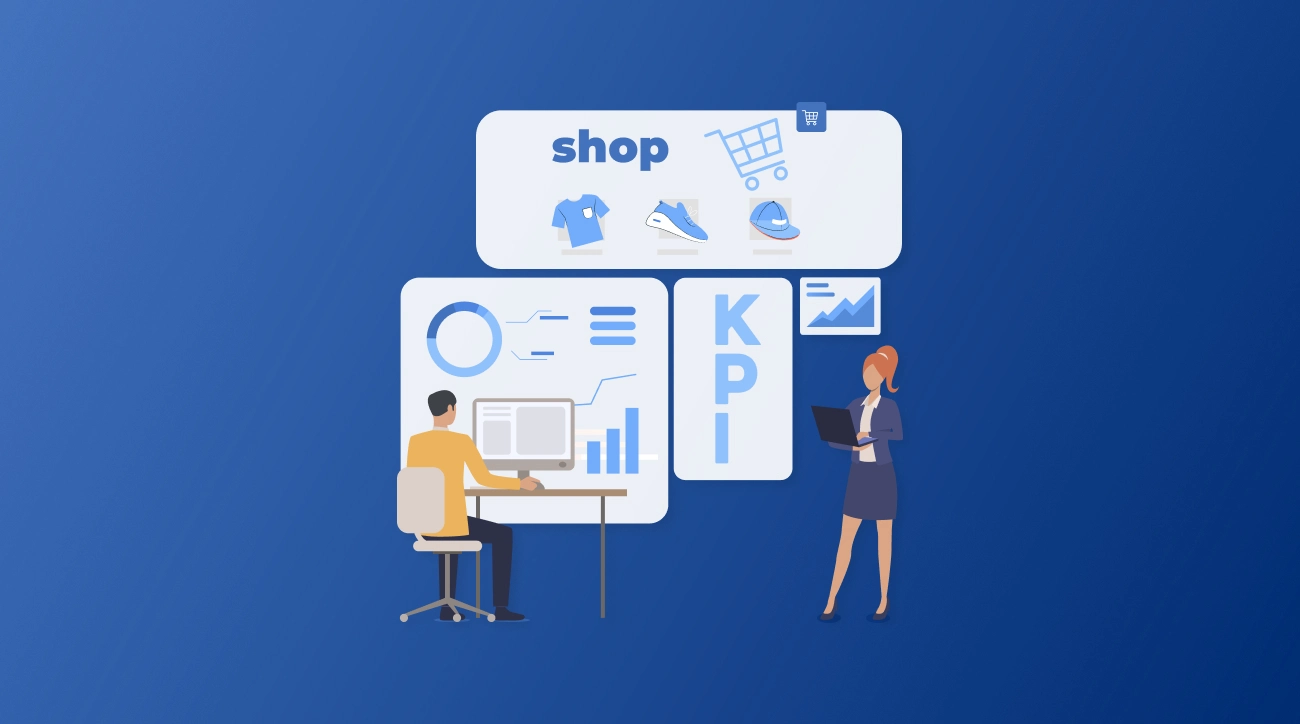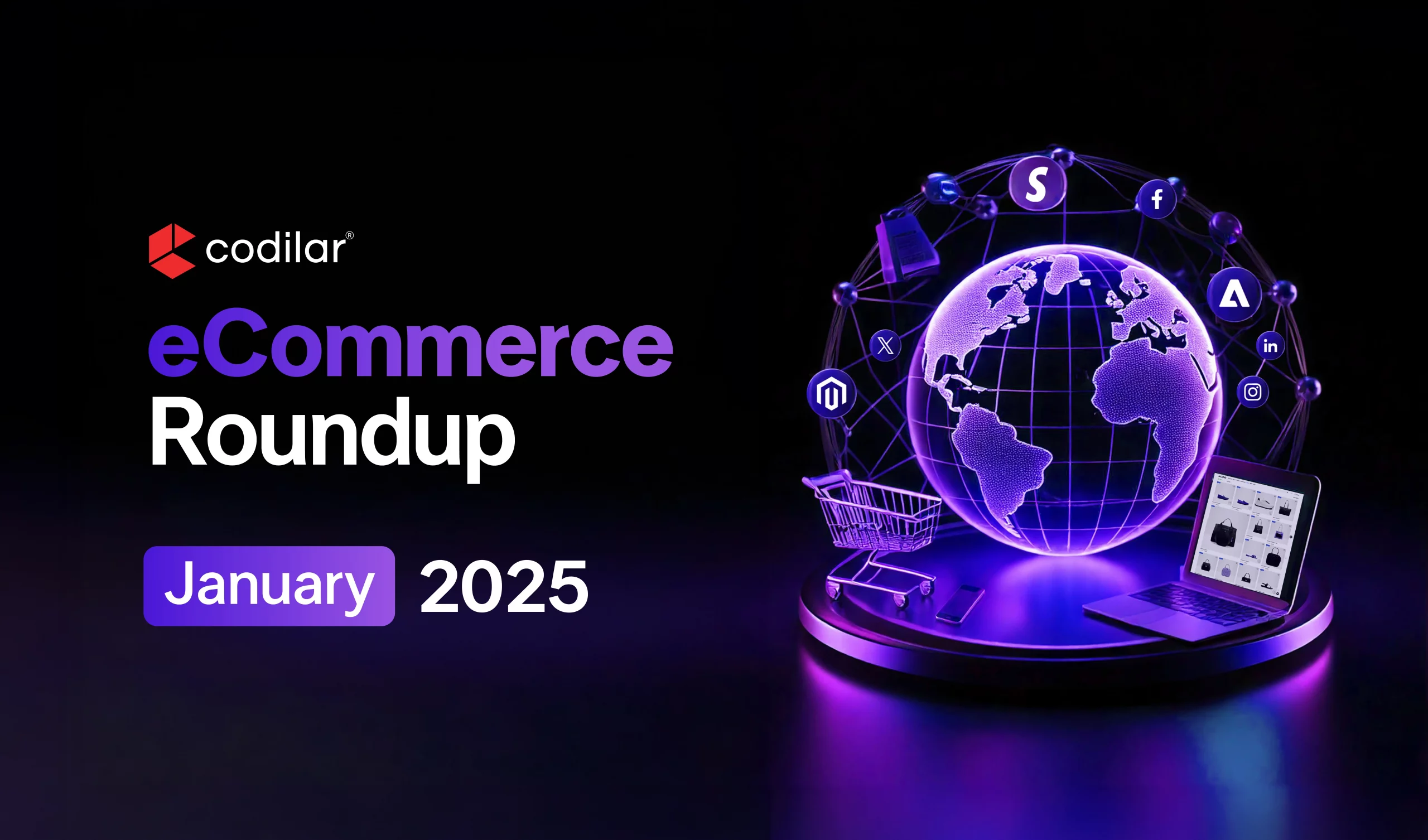Irrespective of the industry, anyone working in an organization or running a business is sure to be familiar with the term KPI or Key Performance Indicators.
Concerning the eCommerce industry, it is no secret that eCommerce KPIs play a vital role in the survival and growth of your online store. Experts in the industry believe that focusing on the right KPIs can help store owners achieve their long-term and short-term goals.
In order to do so, working on the right KPIs becomes quintessential. Bearing that in mind we have created a list of our top eCommerce KPIs for managers.
We begin with the most critical KPIs for Magento-
1. TTFB
Time to first byte or TTFB plays a vital role in store performance. TTFB determines the time it takes for the user to receive content once they are viewing the web page.TTFB is the same as the server response time therefore it is also determined by the time taken for the browser request to receive the first byte in response.
Previously, Google suggested that TTFB must ideally be 200 milliseconds (0.2 seconds) or less but as of June 2023, under 800 milliseconds is considered acceptable.
Often TTFB can be tested using several methods such as Google page speed insights, lab options such as Gmetrixs, lighthouse etc., field options like Google search console, Chrome user experience report, and so on.To help achieve faster TTFB and improve website performance, businesses often employ cache warming solutions like cWarmer , which preloads and optimizes website caches to reduce response times and provide a smoother user experience.
2. FBC
FBC or First Byte Complete measures how fast the first piece of information arrives in a user’s web browser when they open a webpage. It’s crucial because it’s the first thing that appears when you visit a webpage. If the FBC score is high, it means the webpage loads fast. A high FBC score can make a Magento store’s pages load faster, which promises a better user experience.
3. Page speed
It is how fast a whole webpage loads, including pictures, styles, etc. It’s crucial because people tend to leave a website if it is slow to load. Research suggests that high page speed improves conversion rates and the overall online presence.
It is calculated by Google’s Lighthouse tool, which takes into account a number of factors, including the size of the page, the number of resources that need to be loaded, and the time it takes for those resources to be loaded.
Some other important examples of KPIs include:
Sales KPIs
1. Conversion Rate:
It is the percentage of website visitors who take a desired action, such as making a purchase. A high conversion rate indicates that your site is effectively convincing visitors to go ahead and take action, ultimately boosting revenue.

2 .Average Order Value (AOV):
It is the average amount a customer spends on each purchase. It is determined by dividing the total revenue generated by the number of orders. AOV is essential for increasing revenue and profitability.
AOV = Total Revenue / Number of orders
3. Shopping Cart Abandonment Rate:
This eCommerce KPI measures the percentage of visitors who add items to their shopping cart but do not complete the purchase. A high abandonment rate may indicate issues with your pricing, checkout process, or user experience, which need to be addressed to improve conversion rates.
CAR = (Total Number of Completed Transactions / Total Number of Shopping Carts) x 100%
4. Customer Lifetime Value (CLV):
CLV tells you the total revenue a customer is expected to generate for your business during their association with your brand. It generates loyalty and increases repeat purchases. CLV helps you understand the long-term value of your customers and how to focus on retaining them. Thereby identifying cost per acquisition.
CLV = Average Customer Value * Average Customer Lifespan
Marketing KPIs
1. Website Traffic:
This website KPI measures the number of visitors who come to your website. It can be further broken down into daily, weekly, or monthly visitors. Monitoring website traffic helps you understand whether your marketing efforts are driving more people to visit.

2. Traffic Sources (Organic, Paid, Social):
This KPI tells you where your website visitors come from. Organic refers to those who find your site through search engines, Paid includes visitors from paid advertising, and Social is from social media platforms. Identifying the traffic sources helps you evaluate the effectiveness of your marketing campaigns and allocate resources accordingly.
3. Click-Through Rate (CTR):
CTR measures the percentage of people who click on your specific link or ad after seeing it. It is calculated by dividing clicks by impressions (the number of times the link or ad was shown). A higher CTR often indicates better engagement and effectiveness.
4. Email open rate:
Email open rate is the percentage of recipients who open an email you’ve sent. It is calculated by dividing the number of opened emails by the total number of emails delivered. A higher open rate indicates recipients find your subject lines and content engaging.
5. Return on Ad Spend (ROAS):
ROAS calculates the revenue generated from a specific advertising campaign compared to the cost of running that campaign. ROAS is an important metric that helps in assessing the profitability of your ad campaigns and channels.
6. Social Media Engagement:
Social media plays an essential role in creating a brand image and with social media engagement metrics you can measure how users interact with your social media content, including likes, shares, comments, and clicks. High engagement indicates that your social media content is liked by your audience. It can lead to increased brand visibility, customer loyalty, and even conversions.
Customer Service KPIs
1. Average Response Time:
Average response time is how long it takes your customer service team to respond to a customer inquiry or issue. A shorter response time indicates better customer service, as the promptness shows your business is attentive and responsive to customers’ needs.
2. First Contact Resolution Rate:
This KPI measures the percentage of customer issues or inquiries that are resolved on the first interaction with customer support, without them having to follow-up. A higher value means customers are getting their problems solved quickly and efficiently, leading to higher satisfaction and loyalty.
3. Average Handling Time:
It’s the average amount of time it takes for a customer service representative to handle a customer inquiry or request from start to finish. A lower AHT often indicates efficient customer service processes.
4. Net Promoter Score:
It is the measure of customer loyalty. It gauges customer loyalty and satisfaction by asking customers a single question: “On a scale of 0 to 10, how likely are you to recommend our product/service to others?”
5. Customer feedback and ratings:
With customer feedback, it is easier to identify the impact your products have on the market. More often than not, customer feedback and ratings provide insights into the product performance and areas of improvement. Positive feedback can boost your reputation, while negative feedback points to areas to address.
Operational KPIs:
1. Order fulfillment rate:
As the name suggests, it is the percentage of successful customer orders fulfilled within the said timeframe. A high order fulfillment rate indicates efficient operations.
2. Return rate:
The percentage of orders returned due to defects or incorrect items shipped. This eCommerce KPI helps identify and rectify any product or service issues. Hence, lower the return rate better the product quality and customer satisfaction.
3. Inventory turnover ratio:
This indicates the efficiency of the store inventory by the rate at which the company’s inventory is sold and replaced within the specified time period.A higher the turnover ratio suggests a well-regulated inventory reducing holding costs and the risk of outdated stock.
4. Warehousing costs:
This KPI is the costs associated with storing and managing inventory in a warehouse facility, including factors such as rent, labor costs, utilities, and maintenance charges. This eCommerce metric helps manage warehouse operational expenses and improve profitability.
5. Shipping costs:
All expenses related to shipping products to customers, including transportation fees, packaging materials, shipping services, etc. It’s essential to optimize shipping methods and costs while providing timely and reliable delivery.
This brings us to the question..
How should you choose KPIs?
1. Align with business goals:
Identify the objective of your business and select KPIs that align with them. The KPIs selected must directly support your goals; it helps you measure your progress and what truly matters to the success of your business.
2. Relevance and specificity:
It is important to Identify industry-specific KPIs that are relevant to your business. Furthermore, avoid resorting to generic KPIs that are not specific to your goals. Choosing KPIs that are appropriate and providing actionable insights, is key.
3. Measurability:
Ensure that your KPIs are measurable and can be accurately tracked with time. With the right eCommerce metrics and KPIs, you can keep tabs on their performance and improve accordingly.
4. Fewer high-impact metrics:
For the best results, it is ideal to go with fewer, high-impact metrics rather than having too many of them. Prioritizing impact helps you focus on KPIs that drive improvement.
5. Regular reviews and updation:
Periodically review your chosen metrics to ensure they remain relevant and adjust them as needed to align with your changing business priorities and market dynamics.
KPIs are considered the bridge that connects your business goals with success. Therefore, it is of paramount importance to identify and use the right ones to monitor progress, and profitability and to achieve your business objectives.










